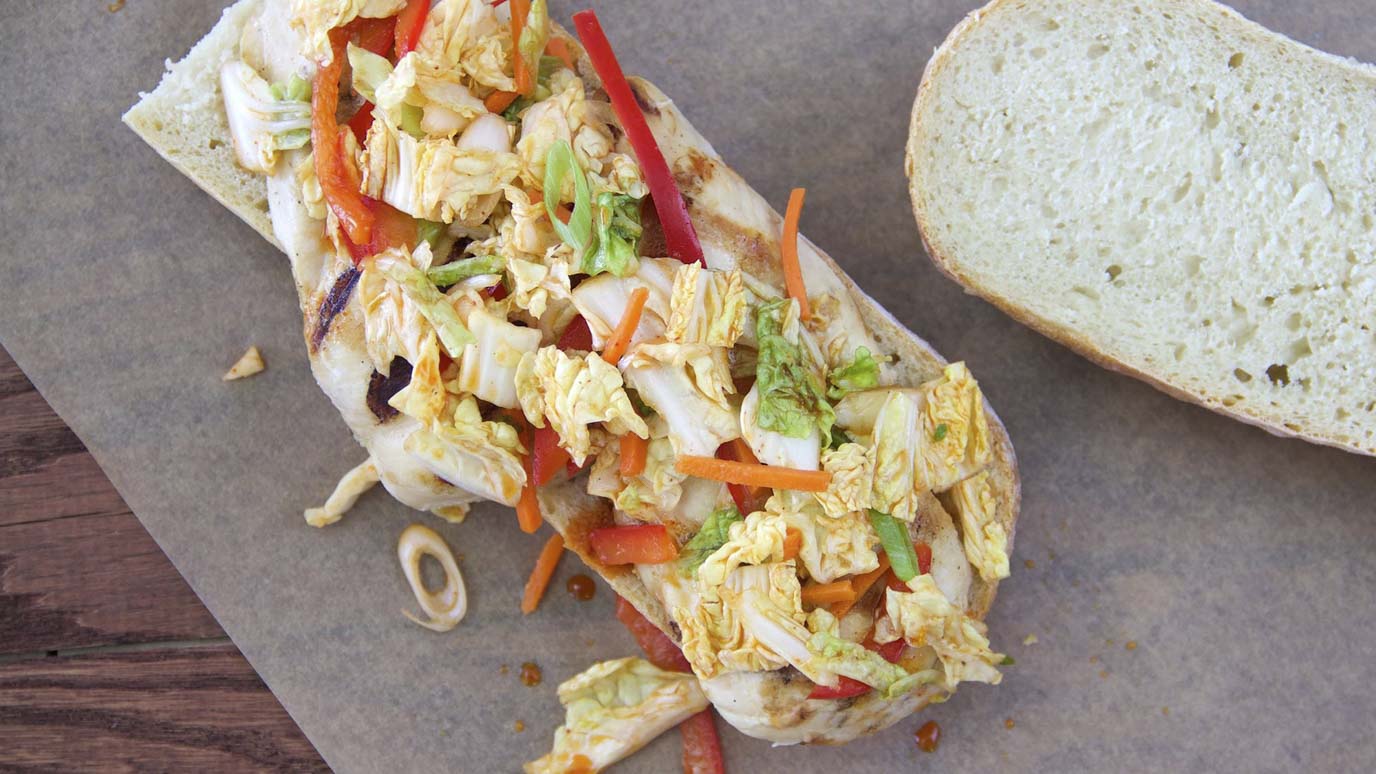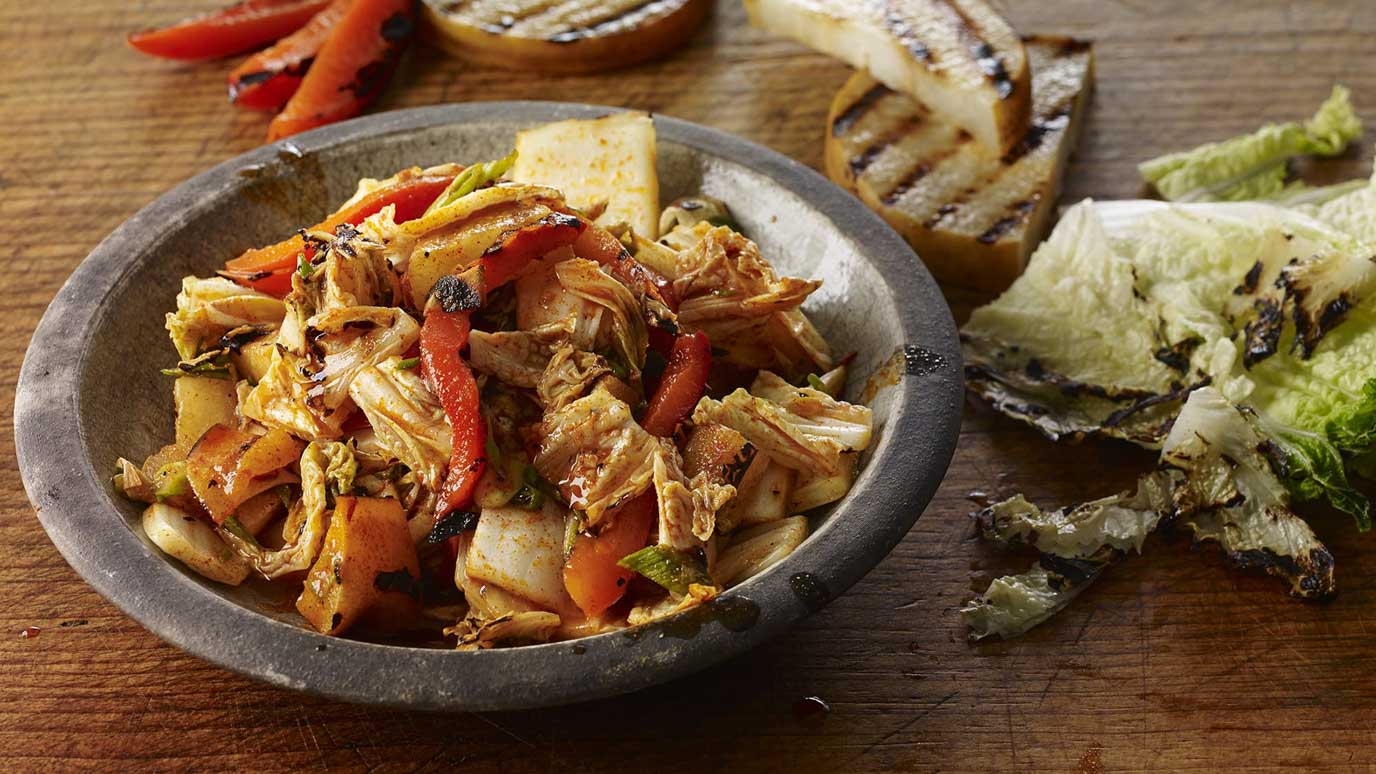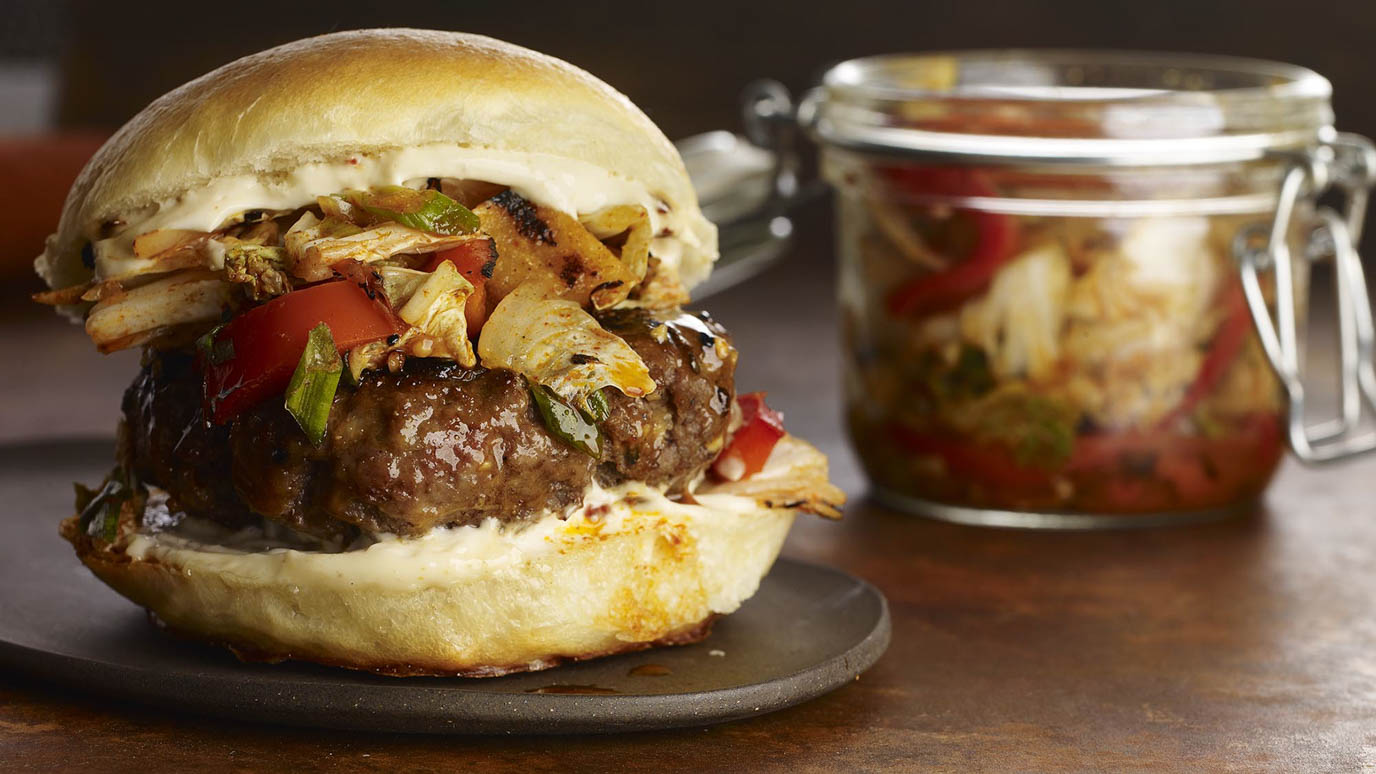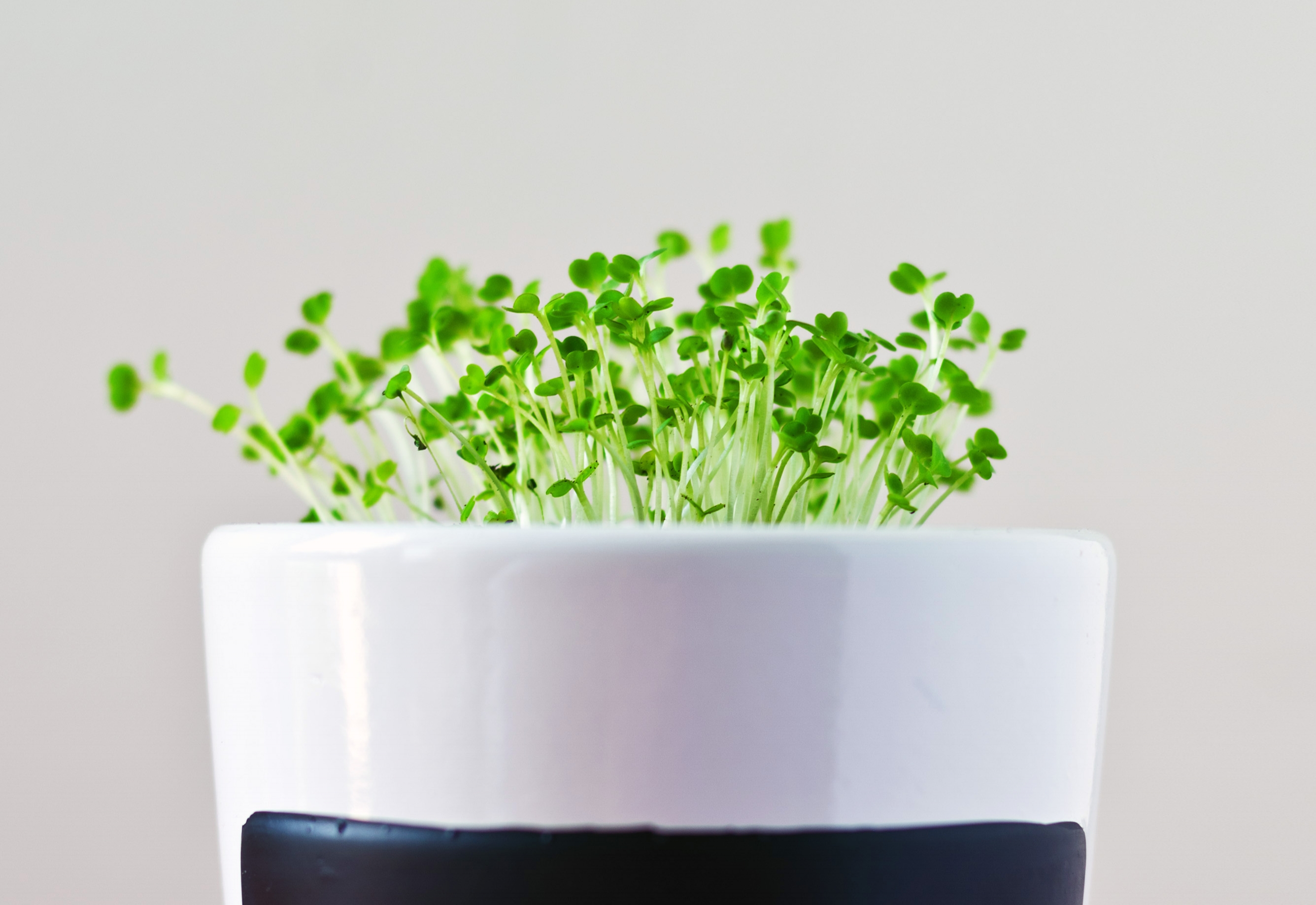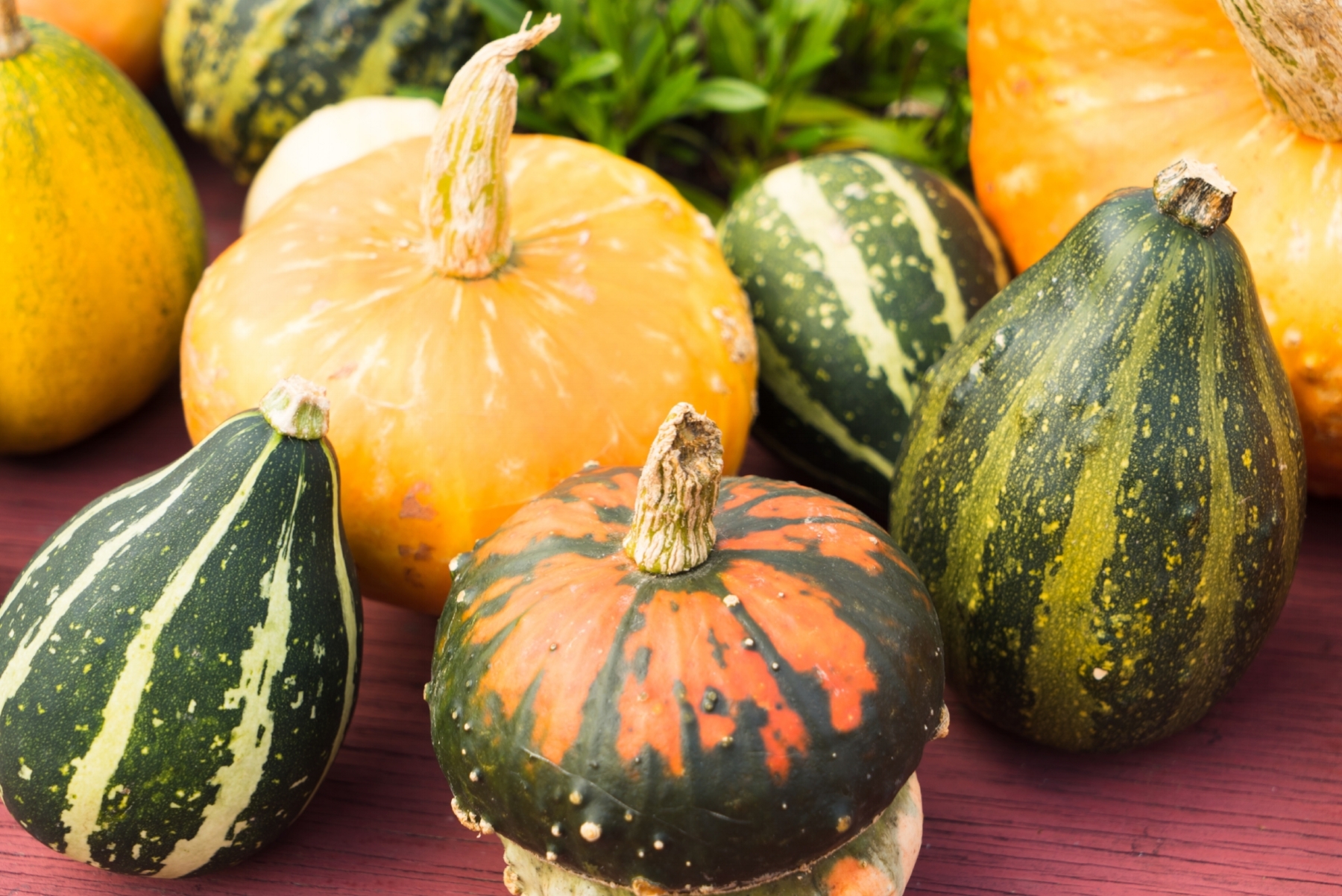We love our fermented foods, from balsamic vinegar with cheese through to a craft beer every now and then. You'll find fermentation used across the world, and it's the basis for one of our favorite spicy side dishes: kimchi.
Kimchi is a traditional Korean dish made from fermented vegetables seasoned with spices. It's been with us in various forms for well over a thousand years. Why has it endured for so long? Aside from the fact that it tastes so good, it's also a great way to preserve vegetables for long periods. Refrigerators were difficult to come by in 500 AD.
Today, we don't need to ferment our food to preserve it, but we do it anyway. That's because kimchi has become a tasty tradition that's pivotal in Korean cuisine.
What is kimchi made of?
Today, most Kimchi you'll find is made from fermented Napa cabbage and Korean radishes. It's seasoned with chili pepper, garlic, ginger, and fish sauce or salted seafood. However, these aren't the only ingredients you can use. Some variations use celery, cucumber, eggplant, mustard greens, or even pumpkin. One of the great things about Kimchi is that you can experiment with it to find your own texture and flavor preferences.
These ingredients aren't just tasty; they're good for you. The veggies are a rich source of vitamins, with cabbage in particular being rich in vitamin K, which is helps blood to clot and works to help prevent your bones becoming brittle. As a fermented food, kimchi also contains probiotics that can be considered good for your gut health. It can be high in sodium, though, so enjoy in moderation.
Different types of kimchi
Kimchi's ingredients vary by region. The most common napa cabbage version is called baechu in Korean, but there's another version called kkakdugi that uses Korean radishes. The cucumber version, popular during summer, is called oi sobagi, and uses pickling cucumbers stuffed with vegetables. There's also a white version of kimchi that lacks its common fiery red color. Known as baek, it foregoes chili peppers in favor of milder flavors like sweet Korean pear and chestnuts.
How to make kimchi
Traditional kimchi production is a lengthy affair. The first step involves bringing the cut-up cabbage in salt water. After several hours (times vary), we rinse the cabbage to remove the excess salt, which should have drawn the moisture out of the vegetable. Traditional kimchi cooks then make a glutinous mixture by cooking rice flour and water, adding the spices and fish sauce and/or salted seafood to make a peppery paste.
The next stage involves mixing the spice paste with the cabbage, ensuring that all parts of the vegetable are covered. This all goes into a container, which you then leave to ferment for at least 24 hours, although many will leave it for several days. The longer you leave the kimchi, the sharper and stronger the flavor becomes. It can keep for a long time, but if it becomes slimy, throw it away.
This is the traditional way to make kimchi, but if you're in a rush, you can make a simple version. Check out this Easy Kimchi Slaw recipe, which can be ready in just a couple of hours.
You can also adapt kimchi production with a little cooking. Our Grilled Kimchi version, which can be ready in an hour and a half, grills the vegetables to bring out a smoky flavor.
What do you eat kimchi with?
This fermented food works well as a side dish, but Koreans have a myriad of other ideas for how you eat kimchi. One popular approach is to shape it into pancakes, as in our Kimchi Pancake with Shrimp Recipe. The strong flavor and crispy crunch of these fried pancakes are irresistible. Other traditional ways to eat kimchi include mixing with fried rice, stir frying it with udon noodles, and using it to flavor ramen noodle soup recipes.
These dishes are tried and true favorites, but how you eat kimchi is up to you. There are many other ways to use this versatile food. Try our Sriracha BBQ Burger with Grilled Kimchi & Ginger Garlic Mayo, for example.
There's no limit to what you can do with this venerable Korean dish. Whether you're attempting to make it at home or using store-bought kimchi to spice up your meals, it's guaranteed to give your taste buds an umami thrill.
More Korean-inspired recipes
Got the taste for food inspired by Korean cuisine? Here are some more recipes to try.



